Home>diy>Building & Construction>What Are Construction Equipment
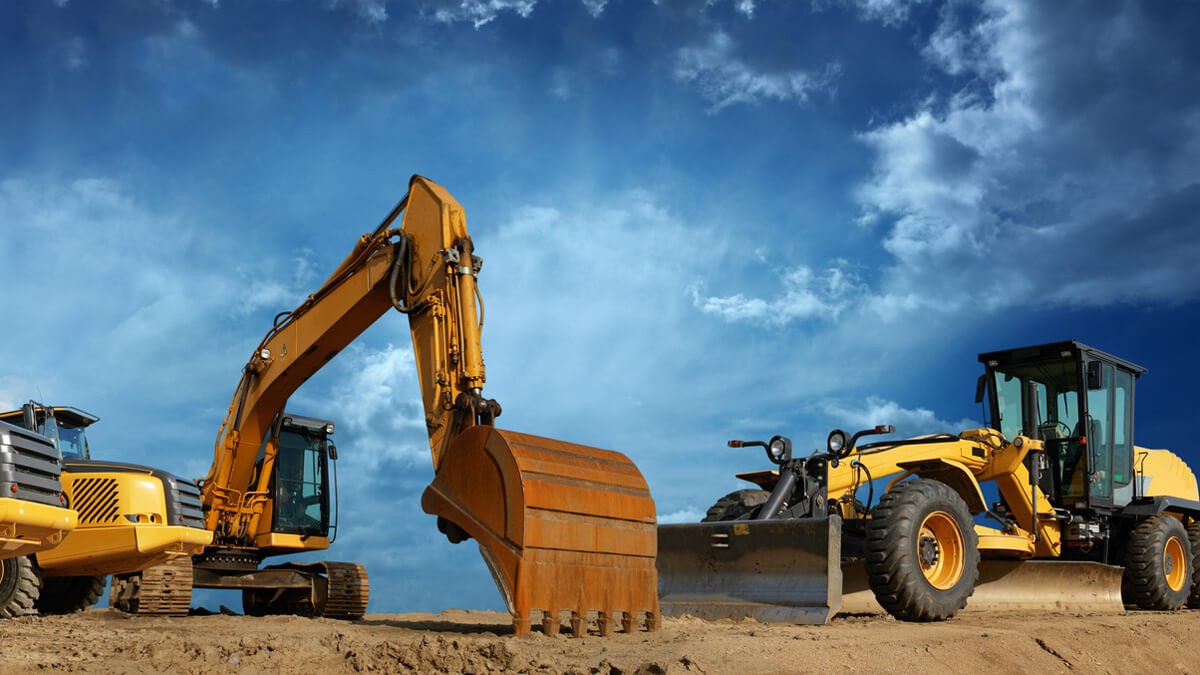

Building & Construction
What Are Construction Equipment
Modified: May 6, 2024
Discover the essential construction equipment needed for building-construction projects. Learn about the different types of tools and machinery used in the construction industry.
(Many of the links in this article redirect to a specific reviewed product. Your purchase of these products through affiliate links helps to generate commission for Storables.com, at no extra cost. Learn more)
Introduction
Construction equipment plays a vital role in the building and construction industry. From heavy machinery to power tools, these equipment pieces are essential for executing various construction tasks efficiently and effectively. Whether it’s excavating, transporting materials, or constructing roadways, the use of construction equipment speeds up the construction process and ensures high-quality results.
Construction equipment refers to any machinery, tool, or vehicle designed to carry out specific construction tasks. These equipment pieces are specially designed to handle the demands of the construction industry, where reliability, durability, and safety are paramount.
In this article, we will explore the different types of construction equipment, highlighting their features and functions. We will also discuss the importance of using proper construction equipment, the advantages of renting versus buying, and the importance of regular maintenance and safety protocols.
Let’s dive into the world of construction equipment and discover how these powerful tools contribute to the success and efficiency of construction projects.
Key Takeaways:
- Construction equipment is essential for efficient and safe construction projects, enhancing productivity, precision, and cost-effectiveness. Proper maintenance and safety protocols are crucial for equipment longevity and worker well-being.
- The decision to rent or buy construction equipment depends on project needs and long-term plans. Both options offer advantages, such as flexibility and cost savings, but require careful consideration of usage frequency and financial implications.
Read more: What Is Construction
Definition of Construction Equipment
Construction equipment refers to a wide range of machinery, tools, and vehicles that are specifically designed and used for various construction tasks. These equipment pieces are essential for performing construction activities such as excavation, material handling, site preparation, demolition, and transportation.
Construction equipment comes in different sizes, configurations, and capabilities to meet the unique requirements of different construction projects. This equipment is typically heavy-duty and built to withstand the demands of the construction environment, where ruggedness, durability, and efficiency are crucial.
Some common types of construction equipment include excavators, bulldozers, loaders, cranes, dump trucks, forklifts, and power tools. Each type of equipment serves its own purpose and is indispensable in executing specific construction tasks.
Construction equipment can be classified into two main categories: heavy construction equipment and light construction equipment. Heavy construction equipment generally refers to larger machines that are used for heavy-duty tasks such as excavation, demolition, and lifting heavy materials. Light construction equipment, on the other hand, consists of smaller tools and machinery used for tasks like cutting, drilling, and fastening.
It’s important to note that construction equipment should be operated by trained professionals who have the necessary skills and knowledge to handle the equipment safely. Proper training and adherence to safety protocols are essential to ensure the well-being of workers and the success of construction projects.
In summary, construction equipment encompasses a wide range of machinery, tools, and vehicles that are specifically designed for construction tasks. These equipment pieces are essential for the efficient execution of construction projects, enabling workers to complete tasks safely, quickly, and with high precision.
Types of Construction Equipment
Construction equipment is available in various types and configurations. Each type is designed to perform specific tasks and caters to different construction needs. Let’s explore some of the main types of construction equipment:
- Heavy Construction Equipment: This category includes large-scale machines that are used for heavy-duty tasks. Examples include excavators, bulldozers, loaders, and cranes. These machines are designed to handle the toughest construction jobs, such as digging foundations, moving large amounts of soil and debris, and lifting heavy materials.
- Earthmoving Equipment: Earthmoving equipment is used to move large quantities of earth. This includes equipment such as excavators, backhoes, and trenchers. Excavators are versatile machines used for digging, trenching, and grading, while backhoes are commonly used for digging trenches and foundations. Trenchers, on the other hand, are specifically designed for creating trenches for utility lines and drainage systems.
- Road Construction Equipment: Road construction equipment is used for the construction and maintenance of roads, highways, and pavements. Examples include asphalt pavers, road rollers, and concrete mixers. Asphalt pavers are used to lay asphalt for road surfaces, while road rollers are used to compact the asphalt or soil to provide a smooth and stable driving surface. Concrete mixers are used for mixing and pouring concrete for road and pavement construction.
- Material Handling Equipment: Material handling equipment is used to transport, lift, and move construction materials and supplies on construction sites. Examples include forklifts, cranes, and conveyors. Forklifts are used to lift and move heavy materials, while cranes are used for lifting and positioning large objects. Conveyors are used to move materials over long distances on construction sites, improving efficiency and reducing manual labor.
- Construction Vehicles: Construction vehicles are specialized vehicles used for construction tasks. These include dump trucks, concrete mixers, and aerial work platforms. Dump trucks are used to transport loose materials, such as soil, gravel, and debris. Concrete mixers are used to mix and transport concrete for construction projects. Aerial work platforms, such as boom lifts and scissor lifts, are used to provide elevated access for construction and maintenance tasks.
- Construction Power Tools: Construction power tools are handheld or portable tools used for various construction tasks. Examples include drills, saws, nail guns, and sanders. These power tools are crucial for tasks such as cutting, drilling, fastening, and finishing. They provide increased precision and efficiency, making construction tasks easier to accomplish.
Each type of construction equipment serves a specific purpose in the construction industry. The use of the right equipment for each task is crucial to ensure efficiency, productivity, and safety on construction sites.
Heavy Construction Equipment
Heavy construction equipment refers to large-scale machinery that is designed to perform heavy-duty tasks in the construction industry. These machines are built to handle the toughest construction projects, including excavation, earthmoving, demolition, and lifting heavy materials. Let’s explore some common types of heavy construction equipment:
- Excavators: Excavators are versatile machines equipped with a bucket and a hydraulic arm. They are used for a wide range of tasks, including digging trenches, foundations, and holes, as well as removing debris and loading trucks. Excavators come in various sizes, from mini excavators for small-scale projects to larger excavators with extended reach for larger construction sites.
- Bulldozers: Bulldozers are powerful machines fitted with a wide, flat blade at the front. They are primarily used for pushing large amounts of soil, debris, or other materials during grading, leveling, and earthmoving tasks. Bulldozers can operate in rough terrain and are commonly used for land clearance, site preparation, and road construction.
- Loaders: Loaders, also known as front-end loaders or wheel loaders, are versatile machines used for loading and transporting various materials, such as soil, gravel, sand, and construction debris. They are equipped with a bucket at the front that can be raised and lowered, allowing for efficient loading and unloading operations. Loaders are commonly used in construction, quarrying, and mining operations.
- Cranes: Cranes are essential heavy construction equipment used for lifting and moving heavy materials and equipment. They consist of a tower or boom, a pulley system, and a cab for the operator. Cranes come in various types, including mobile cranes, tower cranes, and rough-terrain cranes, each with its own lifting capacities and reach. Cranes are crucial for tasks such as erecting steel structures, placing heavy components, and lifting materials to higher levels.
- Dump Trucks: Dump trucks are large vehicles used for transporting loose materials, such as soil, gravel, sand, or construction debris. They feature an open-box bed that can be tilted to unload the materials. Dump trucks come in various sizes and configurations, including standard dump trucks, articulated dump trucks, and off-road dump trucks. They are commonly used in construction, mining, and quarrying operations.
These are just a few examples of heavy construction equipment. Other types include graders, scrapers, compactors, and concrete pumps. Heavy construction equipment is designed to withstand rugged construction environments and perform tasks that require immense power, precision, and efficiency. It is important to employ skilled and trained operators when using these machines to ensure safe and effective operation.
Earthmoving Equipment
Earthmoving equipment plays a crucial role in construction projects involving excavation, grading, and moving large quantities of earth. From digging trenches to clearing land, earthmoving equipment is essential for preparing the construction site and shaping the terrain. Let’s explore some common types of earthmoving equipment:
- Excavators: Excavators are versatile machines equipped with a bucket and a hydraulic arm. They are commonly used for digging trenches, foundations, and holes. Excavators can also be fitted with various attachments such as breakers, hammers, and augers to handle different tasks. They are available in different sizes, from compact mini excavators for small-scale projects to larger excavators for heavy-duty excavation work.
- Backhoes: Backhoes are a combination of a tractor and a backhoe excavator. They are known for their versatility and are commonly used for digging trenches, removing debris, and loading materials. Backhoes have a digging bucket on the back and a loader bucket at the front, making them ideal for a wide range of earthmoving tasks.
- Trenchers: Trenchers are specialized machines used for creating trenches in the ground. They come in different configurations, including chain trenchers, wheel trenchers, and micro-trenchers. These machines are commonly used for installing underground utilities, such as water pipelines, gas lines, and electrical cables.
- Graders: Graders, also known as motor graders, are used for creating and maintaining smooth and level surfaces. They are equipped with a long blade that can be adjusted to the desired slope or angle. Graders are commonly used for road construction, leveling land surfaces, and maintaining gravel roads.
- Scrapers: Scrapers are heavy-duty machines designed for moving large quantities of earth and materials. They consist of a hopper or a bowl that can be filled with soil or debris, which is then transported to another location. Scrapers are commonly used in large-scale earthmoving projects, such as highway construction and mining operations.
Earthmoving equipment is essential for excavation, site preparation, land clearing, and drainage tasks. They enable construction projects to start on a solid foundation, ensuring that the ground is properly prepared for further construction activities. These machines are designed to operate in various terrains and conditions, making them versatile and efficient in a wide range of construction projects.
It is crucial to have skilled operators who are trained to operate earthmoving equipment safely and efficiently. Proper maintenance and regular inspections are also important to ensure the equipment’s performance and longevity. By utilizing earthmoving equipment, construction projects can be executed with precision and timely completion, leading to successful and quality construction outcomes.
Read more: What Is Drainage In Construction
Road Construction Equipment
Road construction equipment plays a vital role in building and maintaining roadways, highways, and pavements. These machines are specifically designed to handle the challenges of road construction tasks, including asphalt paving, compaction, and concrete work. Let’s explore some common types of road construction equipment:
- Asphalt Pavers: Asphalt pavers are machines used to lay asphalt for road surfaces. They distribute and compress asphalt mixture evenly to create a smooth and durable driving surface. Asphalt pavers come in different sizes and configurations, including wheeled pavers and tracked pavers, to accommodate various road construction projects.
- Road Rollers: Road rollers, also known as compaction equipment, are used to compact the asphalt or soil to provide a stable and even road surface. They use weight and different types of rollers to effectively compress the materials, improving their load-bearing capacity and eliminating air pockets. Road rollers can be static or vibratory, depending on the desired compaction results.
- Concrete Mixers: Concrete mixers are essential for road construction projects that require the use of concrete. These machines are used to mix and transport concrete to the construction site. Concrete mixers come in various sizes, from small portable mixers for smaller projects to large truck-mounted mixers for high-volume concrete production.
- Concrete Pavers: Concrete pavers, similar to asphalt pavers, are used for laying concrete on road surfaces. They ensure accurate and precise placement of concrete, creating smooth and durable roadways. Concrete pavers come with adjustable screeds that help achieve the desired thickness and finish of the concrete surface.
- Curb and Gutter Machines: Curb and gutter machines are used for constructing curbs, gutters, and sidewalks alongside roadways. These machines form the concrete and shape it into the desired profile, ensuring proper drainage and a neat appearance. Curb and gutter machines are equipped with adjustable molds and extrusion systems for precise placement and finishing.
Road construction equipment is crucial for building safe and functional roadways. These machines ensure that roads are constructed with proper thickness, compaction, and smoothness, enhancing the durability and driver comfort. They are operated by skilled professionals who are trained in operating and maintaining the equipment to ensure efficient and accurate road construction.
Additionally, using road construction equipment improves work efficiency and reduces manual labor. Machines can handle large quantities of materials and perform tasks quickly and consistently, leading to faster project completion. This, in turn, minimizes disruptions to traffic flow and maximizes the productivity of road construction projects.
Using advanced road construction equipment, along with proper maintenance and adherence to safety protocols, ensures the successful completion of road construction projects. Whether it’s laying asphalt, compacting surfaces, or constructing curbs, the right equipment in skilled hands can significantly contribute to the development of safe and well-constructed roadways.
Material Handling Equipment
Material handling equipment plays a crucial role in construction projects by facilitating the efficient movement and transportation of construction materials, tools, and equipment. These machines are designed to handle heavy loads, improve productivity, and enhance safety on construction sites. Let’s explore some common types of material handling equipment:
- Forklifts: Forklifts are versatile machines equipped with forks that are used to lift and move heavy loads. They are commonly employed in construction sites to handle materials such as pallets, bags, and bulky items. Forklifts come in different designs, including counterbalance forklifts, reach trucks, and rough-terrain forklifts, to suit various construction needs.
- Cranes: Cranes are essential material handling equipment used for lifting and moving heavy materials and equipment. They consist of a tower or boom, a pulley system, and a cab for the operator. Cranes are available in various types, including mobile cranes, tower cranes, and rough-terrain cranes, each with its own lifting capacities and reach. They are necessary for tasks such as hoisting steel beams, placing heavy components, and transporting materials to higher levels.
- Conveyors: Conveyors are used to move materials over long distances on construction sites. They consist of a belt or a series of rollers that transport materials from one location to another. Conveyors are particularly useful for large-scale construction projects that require the continuous movement of materials, such as aggregate, concrete, or soil. They improve productivity and reduce manual labor in material handling.
- Hoists: Hoists are used for lifting and lowering heavy materials or equipment vertically. They are commonly used in construction sites for tasks such as lifting construction materials to higher levels or transporting materials across different floors of a building. Hoists may be manually operated or powered by electricity or hydraulics.
- Pallet Jacks: Pallet jacks, also known as pallet trucks, are used to move pallets or skids within a construction site. They are designed to lift and transport heavy loads on a set of wheels. Pallet jacks are commonly used in warehouses, storage areas, and construction sites for efficient material handling.
Material handling equipment plays a significant role in improving productivity, reducing manual labor, and enhancing safety on construction sites. By utilizing these machines, construction materials can be efficiently transported, positioned, and stored, allowing workers to focus on other critical tasks. Proper training and adherence to safety protocols are essential when operating material handling equipment to prevent accidents and ensure the safety of workers and the integrity of the construction materials.
Overall, material handling equipment is vital for the smooth workflow and success of construction projects. By utilizing the right equipment for material handling tasks, construction sites can minimize downtime, reduce the risk of injuries, and improve overall project efficiency.
Construction Vehicles
Construction vehicles are specialized vehicles used in the construction industry for various tasks, such as transporting materials, lifting heavy loads, and providing elevated access to construction sites. These vehicles are designed to withstand the rugged conditions of construction sites and improve efficiency in construction operations. Let’s explore some common types of construction vehicles:
- Dump Trucks: Dump trucks are widely used in construction for transporting loose materials, such as soil, gravel, and construction debris. They feature an open-box bed that can be hydraulically tipped to unload the materials. Dump trucks come in various sizes and configurations, including standard dump trucks, articulated dump trucks, and off-road dump trucks, to cater to different construction needs.
- Concrete Mixer Trucks: Concrete mixer trucks are specifically designed for transporting and mixing concrete to construction sites. These vehicles have a rotating drum on the back that continuously mixes the concrete during transit, ensuring its consistency and quality. Concrete mixer trucks are essential for projects that require large volumes of ready-mixed concrete, such as building foundations or road construction.
- Aerial Work Platforms: Aerial work platforms, also known as aerial lifts, are used to provide elevated access for construction and maintenance tasks. These vehicles include boom lifts, scissor lifts, and cherry pickers. They are equipped with extendable arms or platforms that can be raised, lowered, and maneuvered to reach high areas safely. Aerial work platforms are commonly used for tasks such as painting, window installation, and electrical repairs.
- Crane Trucks: Crane trucks combine the capabilities of a crane with a truck to provide lifting and transportation services. These vehicles are equipped with a crane mounted on the truck chassis, allowing for the efficient lifting, positioning, and transportation of heavy materials and equipment. Crane trucks are commonly used in construction sites for tasks such as loading and unloading heavy building components.
- Flatbed Trucks: Flatbed trucks have an open, flat body with no sides or roof, making them ideal for transporting oversized or irregularly shaped loads, such as large construction equipment or building materials. The open bed allows for easy loading and unloading of materials using cranes or forklifts. Flatbed trucks are commonly used in construction and logistics industries.
Construction vehicles are essential for the efficient transportation of materials, equipment, and personnel on construction sites. They improve productivity and allow construction projects to proceed smoothly by ensuring that materials and resources are delivered to the right location at the right time. These vehicles are operated by skilled professionals who are trained in their safe operation and maintenance.
It’s important to note that proper safety procedures and precautions should be followed when operating construction vehicles. This includes regular maintenance, adherence to weight limits, and ensuring that personnel are trained to operate the vehicles safely. By employing the right construction vehicles and adhering to safety protocols, construction projects can be executed efficiently and safely, leading to successful project outcomes.
Construction Power Tools
Construction power tools are handheld or portable machines that are powered by electricity, compressed air, or fuel. These tools are essential for performing a wide range of construction tasks quickly, accurately, and efficiently. They provide increased precision, productivity, and convenience compared to manual tools. Let’s explore some common types of construction power tools:
- Drills: Drills are versatile power tools used for drilling holes in various materials, such as wood, metal, and concrete. They come in different types, including corded drills and cordless drills. Corded drills are powered by electricity and are suitable for tasks that require continuous and long-term use, while cordless drills provide more mobility as they are powered by rechargeable batteries.
- Saws: Saws are used for cutting various materials during construction projects. Common types of saws include circular saws, reciprocating saws, and jigsaws. Circular saws are efficient for straight cuts, reciprocating saws are ideal for cutting through thick materials like pipes and branches, and jigsaws are used for curved cuts and intricate shapes.
- Nail Guns: Nail guns, also known as nailers, are used to drive nails quickly and precisely into different materials. These tools are faster and more efficient than manual hammering. Nail guns are available in different types, such as framing nailers, finish nailers, and brad nailers, each designed for specific applications and nail sizes.
- Sanders: Sanders are power tools used for smoothing surfaces and removing unwanted materials, such as paint or varnish, from wood, metal, or other surfaces. Common types of sanders include belt sanders, orbital sanders, and palm sanders. Sanders help achieve a smooth and even finish, preparing surfaces for painting, staining, or refinishing.
- Grinders: Grinders are versatile tools used for various tasks, including grinding, cutting, and polishing. Angle grinders, also known as disc grinders, are commonly used in construction for tasks such as cutting metal, grinding concrete, and polishing surfaces. They are available in different sizes and configurations, allowing for flexibility in different construction applications.
These are just a few examples of construction power tools. Other common power tools include impact wrenches, rotary hammers, heat guns, and paint sprayers. Construction power tools improve work efficiency, accuracy, and overall productivity, enabling construction tasks to be completed in less time and with higher precision.
It’s important to note that proper safety precautions should be followed when using power tools. Safety glasses, gloves, and hearing protection should be worn to protect against potential hazards. Additionally, regular maintenance of power tools, including blade or bit changes, lubrication, and inspections, is essential to keep them in optimal working condition.
Construction power tools are valuable assets in any construction project. By utilizing the appropriate power tools for each task and ensuring their proper use and maintenance, construction professionals can work more efficiently and achieve superior results.
When selecting construction equipment, consider factors such as the type of project, site conditions, equipment capacity, and maintenance requirements to ensure efficient and safe operations.
Read more: What Is An AHA In Construction
Importance of Construction Equipment
Construction equipment plays a crucial role in the success and efficiency of construction projects. These equipment pieces are instrumental in carrying out various construction tasks and contribute to the overall quality, safety, and timeliness of the project. Let’s explore the importance of construction equipment:
- Enhanced Productivity: Construction equipment significantly improves productivity on construction sites. Machines such as excavators, bulldozers, and loaders can handle large amounts of material in a fraction of the time it would take to do the same job manually. This not only speeds up the construction process but also allows workers to focus on other critical tasks, ultimately increasing overall productivity.
- Improved Efficiency: Construction equipment enhances the efficiency of construction projects by streamlining operations and reducing manual labor. Tasks such as material handling, excavation, and transporting materials become more efficient when using specialized equipment designed for those purposes. This translates to cost savings, as fewer resources and less time are required to complete tasks.
- Higher Precision: Construction equipment, equipped with advanced technologies and specialized attachments, allows for higher precision and accuracy in construction tasks. For example, using laser-guided equipment can ensure precise grading and leveling of surfaces, resulting in a more even and stable foundation. This precision helps avoid costly errors and ensures that construction meets the required standards.
- Enhanced Safety: Construction equipment helps improve safety on construction sites by reducing the manual handling of heavy materials and minimizing the risk of physical strain and injuries. Machines with advanced safety features, such as backup cameras, sensors, and alarms, further enhance the safety of both the workers and the surrounding environment. By reducing the potential for accidents, construction equipment protects the well-being of workers and minimizes project delays.
- Ability to Handle Specialized Tasks: Construction equipment is designed to handle specific tasks efficiently and effectively. Whether it’s excavating, grading, compacting, or lifting heavy objects, specialized equipment is essential for executing these tasks with precision and ease. Having the right equipment for each task ensures that construction projects are completed to the highest standards.
- Cost-effective Solutions: Utilizing construction equipment can be a cost-effective solution for construction projects. While the initial investment may be significant, using equipment can result in long-term cost savings. Rental options provide flexibility, allowing contractors to acquire the necessary equipment for the duration of the project without the need for costly equipment ownership and maintenance.
In summary, construction equipment is vital for the success of construction projects. The use of specialized machinery not only enhances productivity and efficiency but also improves safety, accuracy, and cost-effectiveness. By utilizing construction equipment, contractors can complete tasks more quickly, with higher quality, and with fewer resources, leading to successful and profitable construction outcomes.
Renting vs. Buying Construction Equipment
When it comes to acquiring construction equipment, contractors have the option to either rent or buy the equipment they need. Both approaches have their own advantages and considerations, and the decision between renting and buying depends on various factors. Let’s explore the pros and cons of renting and buying construction equipment:
Renting Construction Equipment
Advantages of Renting:
- Rental Flexibility: Renting gives contractors the flexibility to acquire equipment as needed for specific projects. They can rent equipment for the duration of a project and return it once the project is completed, without the need for long-term ownership.
- Cost Savings: Renting equipment can be more cost-effective for short-term or infrequent use. Contractors can avoid the upfront purchase cost, as well as the costs of maintenance, repairs, storage, and depreciation that come with equipment ownership.
- Access to Latest Equipment: Renting allows contractors to access and use the latest models and technologies without the need for purchasing and upgrading equipment regularly.
- Eliminates Storage Concerns: Renting eliminates the need for equipment storage when not in use, reducing the need for extra space and associated costs.
Considerations for Renting:
- Higher Costs Over the Long Term: Renting equipment for extended periods can be more costly than buying if the equipment is needed consistently. Long-term rentals may add up to a higher overall cost compared to the purchase price of the equipment.
- Dependency on Rental Availability: Contractors may face limitations due to equipment availability from rental companies, particularly during peak seasons when demand is high.
- No Equity or Asset: Renting equipment does not provide any ownership equity or asset value to the contractor, which could be a consideration for long-term business planning.
- Equipment Condition and Reliability: Contractors must rely on the reliability and condition of the rented equipment. Regular equipment maintenance and inspections are necessary to ensure the rented equipment meets safety and performance standards.
Buying Construction Equipment
Advantages of Buying:
- Long-term Cost Savings: Buying construction equipment can be more cost-effective in the long run for frequently used equipment. Contractors can save money over time by avoiding rental fees and have the potential to recoup some of the initial investment when selling the equipment.
- Equipment Accessibility and Availability: Owning the equipment provides contractors with immediate access to the equipment whenever needed, without potential delays caused by rental availability.
- Control and Customization: Ownership allows contractors to have more control over equipment customization and modifications to meet specific project requirements.
- Potential Secondary Revenue Stream: Contractors have the option to rent out their owned equipment during periods of low usage, providing an additional revenue stream.
Considerations for Buying:
- Higher Initial Investment: Purchasing equipment requires a significant upfront cost, which can strain a contractor’s finances, especially for smaller businesses.
- Maintenance and Repair Expenses: Owners are responsible for maintenance, repairs, and servicing costs, which can add to the overall cost of ownership.
- Depreciation: Construction equipment depreciates over time, reducing its resale value. Contractors must consider the potential loss of value when selling or trading in equipment.
- Equipment Obsolescence: Rapid advancements in technology mean that purchased equipment may become outdated more quickly compared to rented equipment, resulting in potential performance limitations.
Ultimately, the decision to rent or buy construction equipment depends on factors such as project duration, equipment usage frequency, cash flow, availability, and long-term business plans. Contractors should carefully evaluate their specific needs and consider the financial implications, equipment requirements, and overall objectives when deciding the best approach for acquiring construction equipment.
Read more: What Is A Wattle In Construction
Maintenance and Safety of Construction Equipment
Maintenance and safety are critical aspects of managing construction equipment. Proper maintenance ensures that equipment functions optimally, prolongs its lifespan, and reduces downtime due to breakdowns. Safety protocols are essential to protect workers and prevent accidents on construction sites. Let’s explore the importance of maintenance and safety for construction equipment:
Maintenance of Construction Equipment
Regular Inspections: Regular inspections should be conducted to identify any signs of wear, damage, or potential issues. This includes checking the condition of the equipment components, hydraulics, electrical systems, and safety features. Inspections should be done before and after each use, as well as at scheduled intervals.
Routine Cleaning: Construction equipment should be cleaned regularly to remove debris, dirt, and dust that can affect its performance and cause corrosion. Pay special attention to air filters, cooling systems, and engine compartments. Cleaning should be done using appropriate methods and equipment to avoid damaging sensitive parts.
Lubrication: Proper lubrication of moving parts is crucial for equipment longevity and smooth operation. Regularly greasing the required parts according to the manufacturer’s recommendations helps prevent excessive wear and tear.
Fluid Checks and Changes: Regularly check and change fluids, including engine oil, hydraulic fluids, and coolant, as required by the equipment’s specifications. Contaminated or insufficient fluids can cause equipment malfunctions and premature failure.
Repair and Replacement: Address any identified issues promptly to minimize equipment downtime. Follow the manufacturer’s guidelines for repair and replacement of worn or damaged components. Engaging qualified technicians or authorized service centers is recommended for complex repairs.
Safety of Construction Equipment
Operator Training: Proper training is essential for all equipment operators. Operators should be trained not only in equipment operation but also in safety protocols, emergency procedures, and hazard recognition. Ongoing training and certification programs help ensure that operators are up to date with the latest safety practices.
Personal Protective Equipment (PPE): Workers should wear appropriate PPE, such as hard hats, safety glasses, high-visibility clothing, gloves, and steel-toed boots. Respiratory protection may be necessary when working in dusty or hazardous environments. PPE should be inspected regularly for damage and replaced as needed.
Equipment Safety Features: Familiarize operators with the safety features of the equipment and ensure that they are functional. This includes emergency shut-off switches, backup alarms, safety harnesses, seat belts, and safety lights. Regularly inspect and test safety features to ensure proper functionality.
Site Preparation and Organization: Ensure that the construction site is properly prepared and organized to minimize hazards. This includes proper signage, clear pathways, adequate lighting, and proper storage of equipment and materials to prevent tripping hazards or accidents related to equipment movement.
Regular Safety Meetings and Communication: Conduct regular safety meetings to discuss equipment-specific safety guidelines, address concerns, and reinforce safety protocols. Encourage open communication between workers and management regarding safety issues or near misses to continuously improve safety practices.
Routine Maintenance: Incorporate routine maintenance tasks into daily operations to address minor issues before they become major problems. This includes checking fluid levels, inspecting tires or tracks, and visually inspecting equipment for signs of wear or damage.
By prioritizing maintenance and safety, construction equipment can operate efficiently, minimize downtime, and ensure the well-being of workers. Following proper maintenance procedures and safety protocols not only helps protect the investment in equipment but also contributes to a safe and productive construction environment.
Conclusion
Construction equipment is a vital component of the building and construction industry, playing a crucial role in the successful execution of construction projects. From heavy machinery to power tools, these equipment pieces enhance productivity, efficiency, and safety on construction sites. Whether it’s excavating, grading, transporting materials, or constructing roadways, the use of proper construction equipment significantly speeds up the construction process and ensures high-quality results.
Throughout this article, we have explored various types of construction equipment, including heavy construction equipment, earthmoving equipment, road construction equipment, material handling equipment, construction vehicles, and construction power tools. Each type serves specific purposes and contributes to the overall success of construction projects.
We have also discussed the importance of maintenance and regular inspections to ensure equipment longevity and reliable performance. Proper maintenance practices, including cleaning, lubrication, fluid checks, and timely repairs, help prevent breakdowns, reduce downtime, and extend the lifespan of construction equipment.
In addition, we have emphasized the significance of safety in construction equipment operations. Proper training, the use of personal protective equipment (PPE), adherence to safety protocols, and regular safety meetings are crucial for creating a safe working environment and preventing accidents and injuries.
Finally, we have explored the decision between renting and buying construction equipment. Each option has its own advantages and considerations, and the choice depends on factors such as project duration, equipment usage frequency, and long-term business plans. Contractors must carefully evaluate their specific needs and financial constraints to make the best decision for acquiring construction equipment.
In conclusion, construction equipment is a cornerstone of the building industry, contributing to the efficiency, productivity, and safety of construction projects. By utilizing the right equipment, following proper maintenance procedures, and prioritizing safety, contractors can work more effectively, complete projects on time, and achieve superior results. The successful integration of construction equipment ensures the progression and success of the construction industry as it continues to build and shape the modern world.
Curious about the specifics of construction machinery? Dive deeper into the world of building tools by discovering what different construction vehicles are named and how they contribute to project efficiency. Safety is never to be overlooked; learn why construction safety measures are pivotal for every site. Additionally, grasp a clearer understanding of the environment where all this equipment comes to life by exploring what defines a construction site. Each piece of knowledge enhances your grasp on this vast industry.
Frequently Asked Questions about What Are Construction Equipment
Was this page helpful?
At Storables.com, we guarantee accurate and reliable information. Our content, validated by Expert Board Contributors, is crafted following stringent Editorial Policies. We're committed to providing you with well-researched, expert-backed insights for all your informational needs.
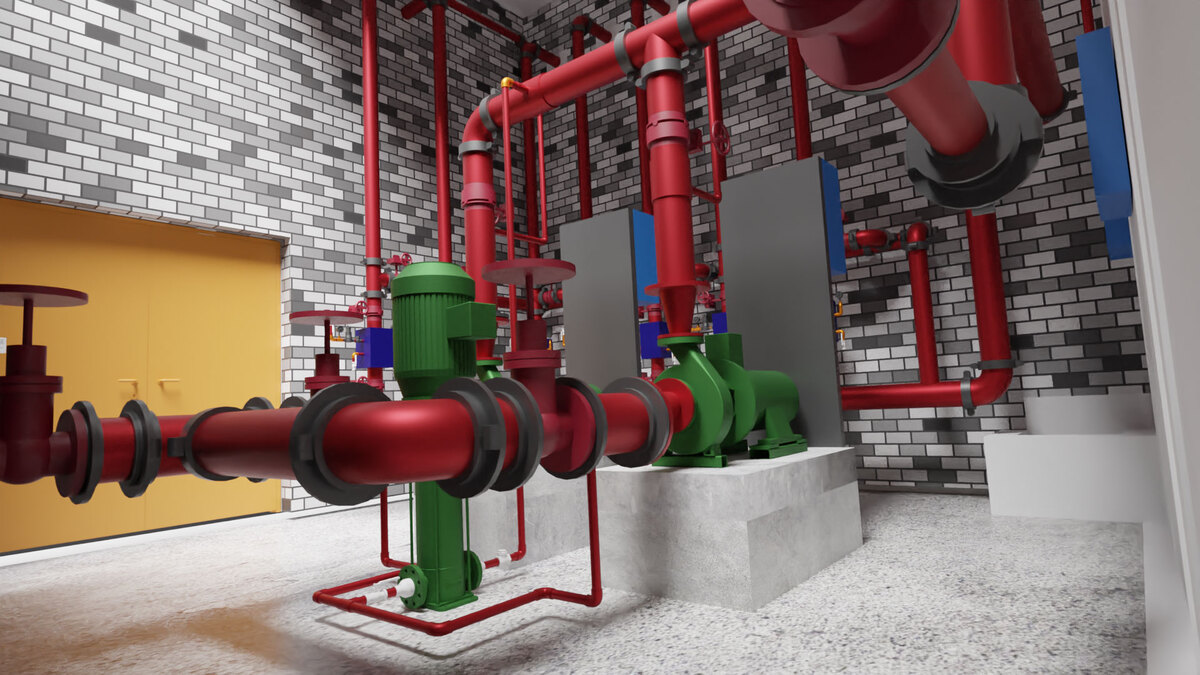
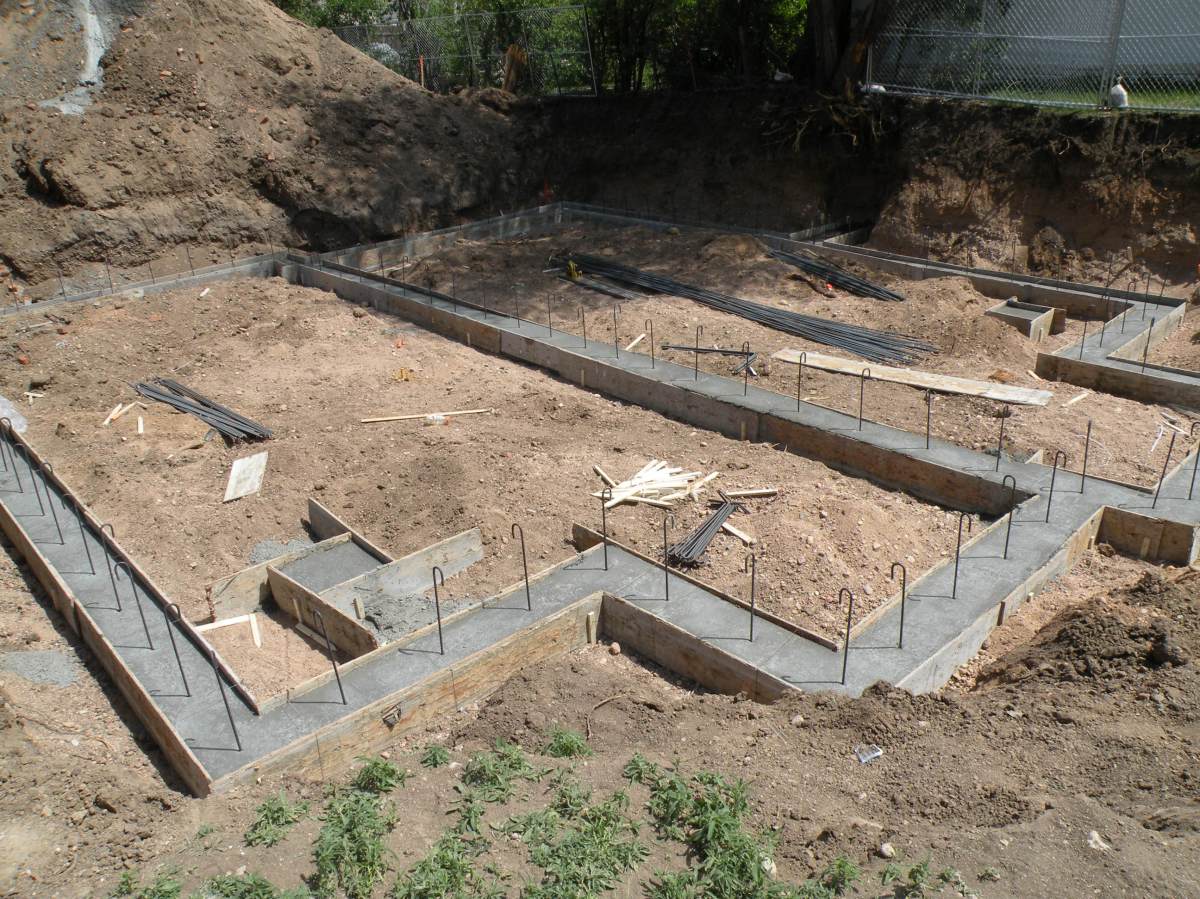
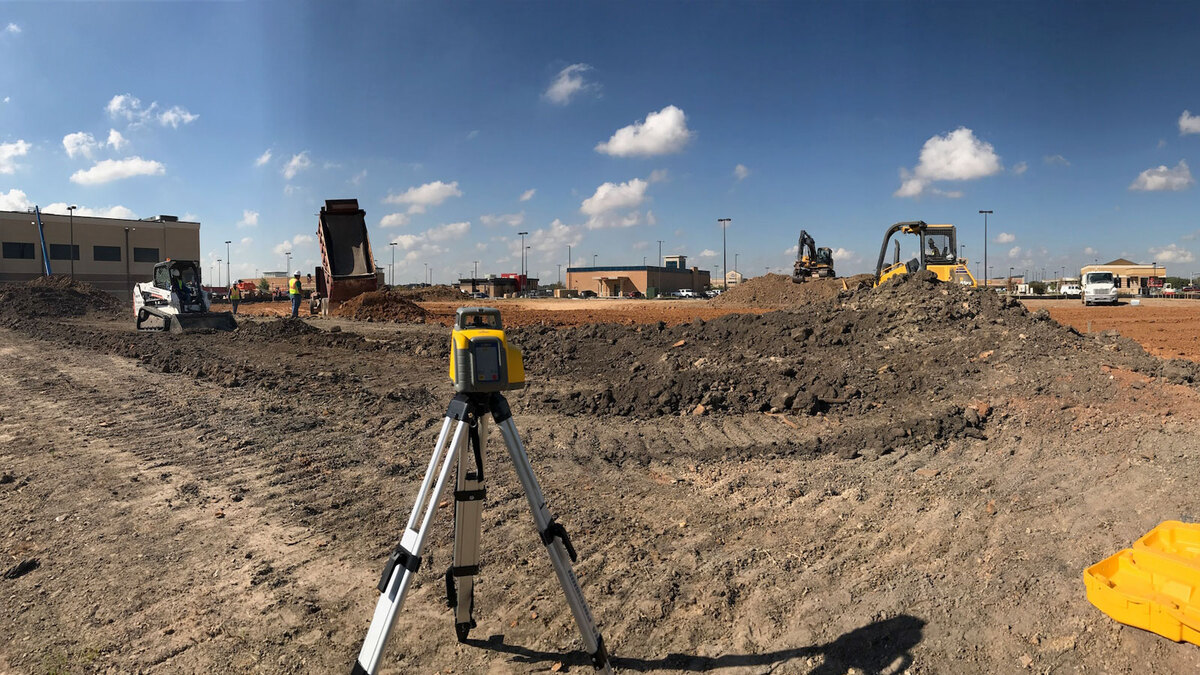

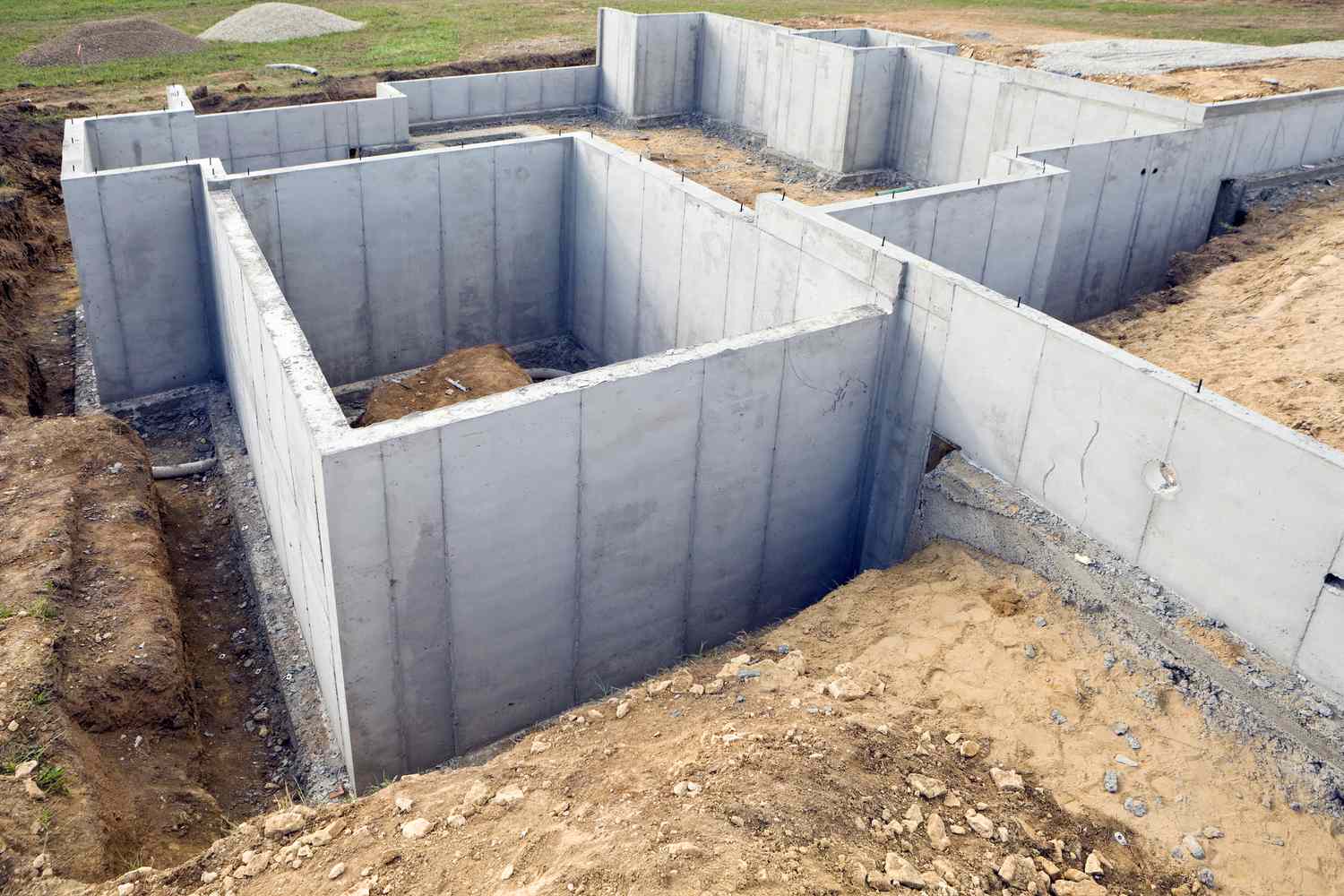
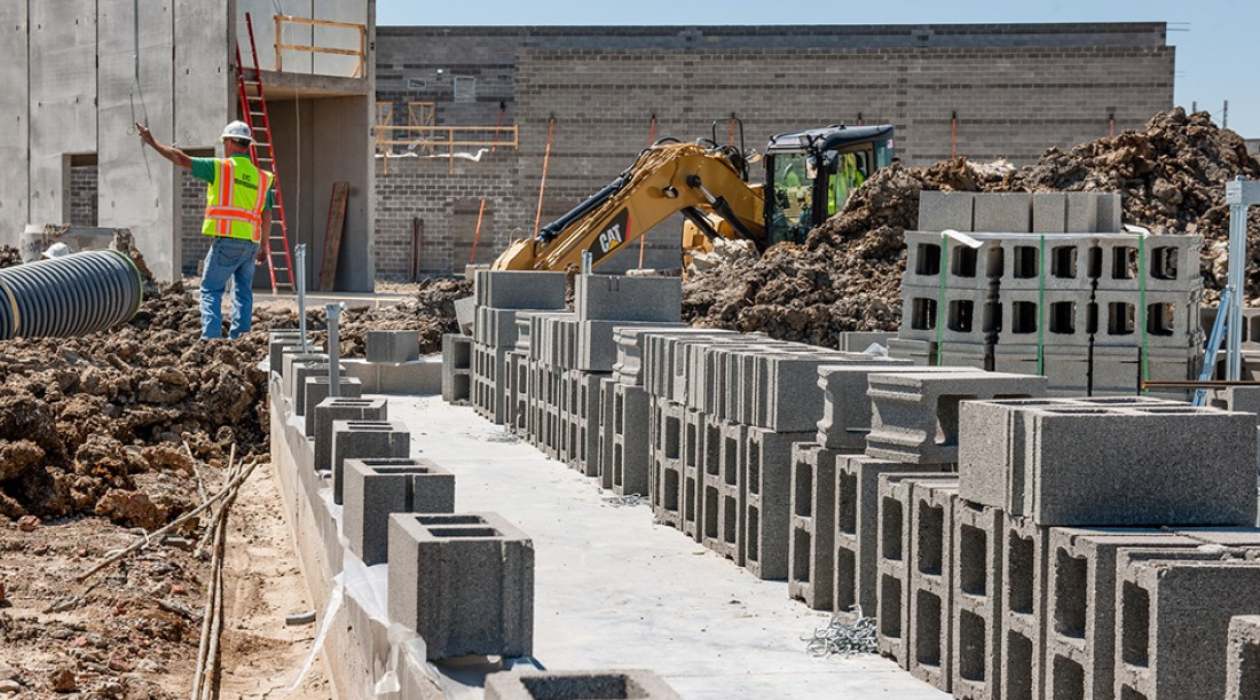

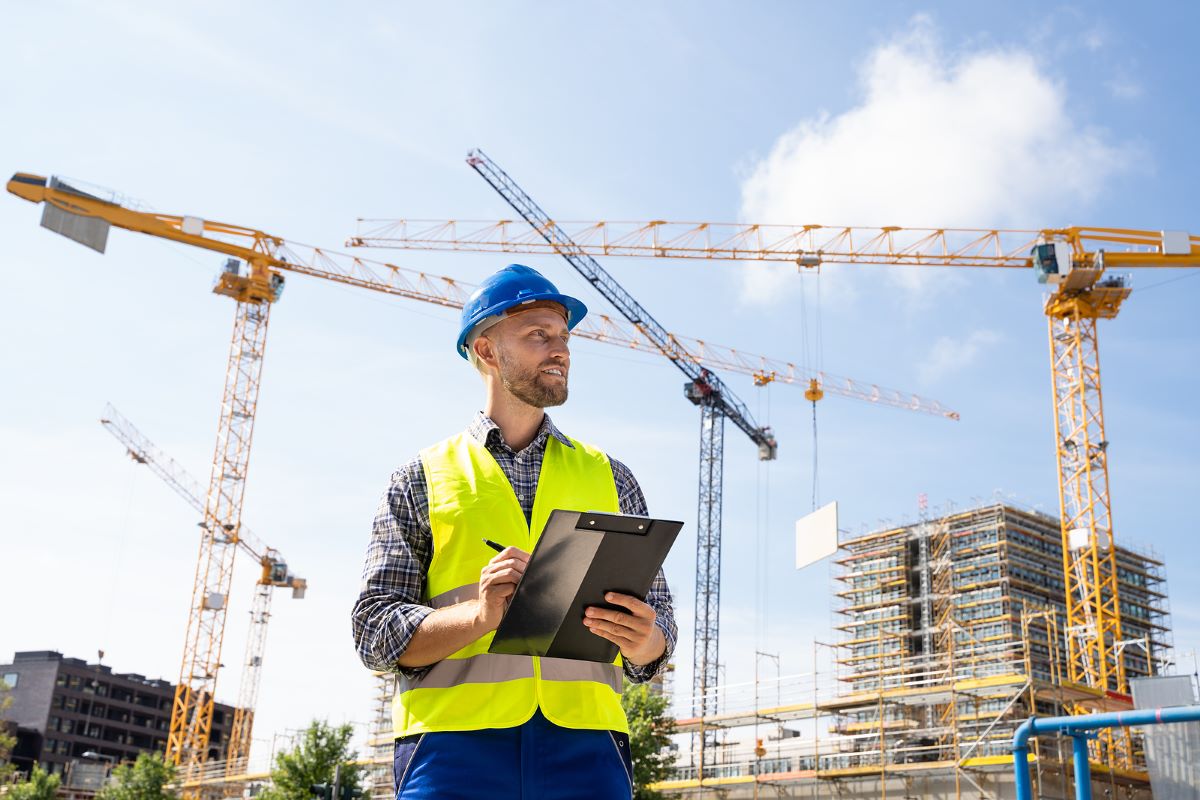


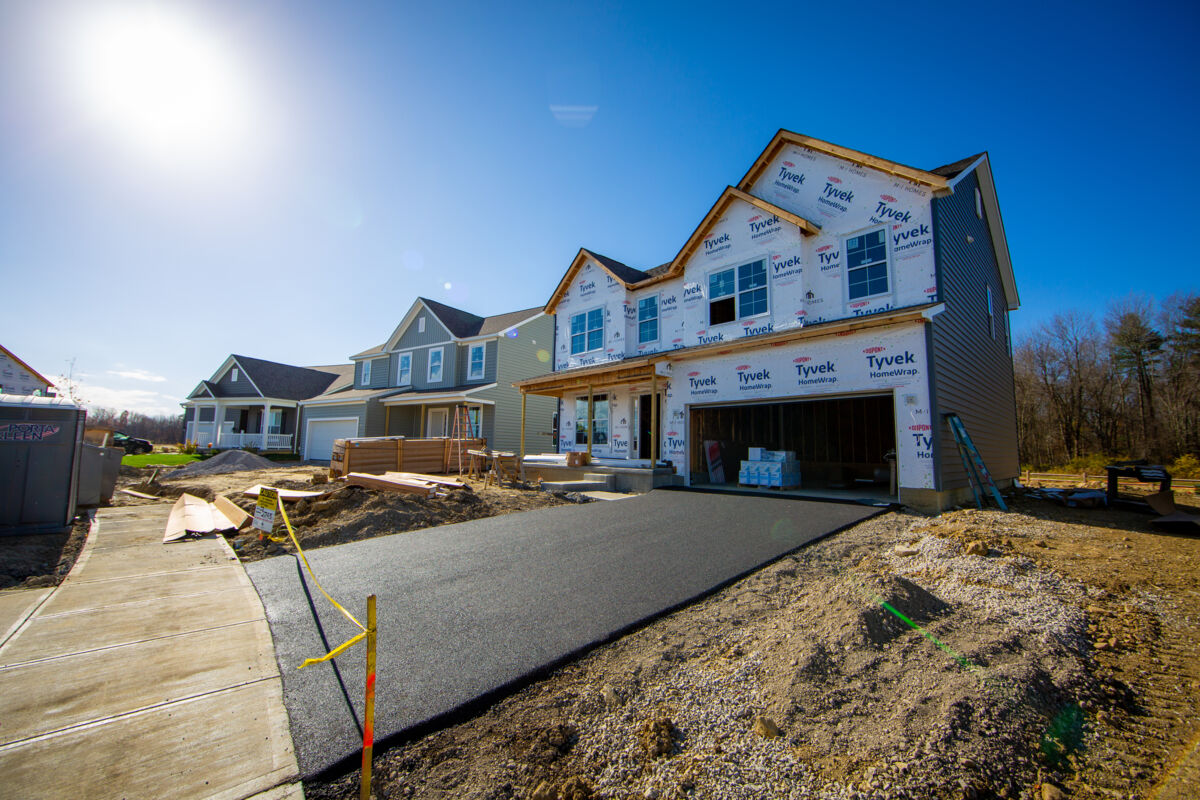
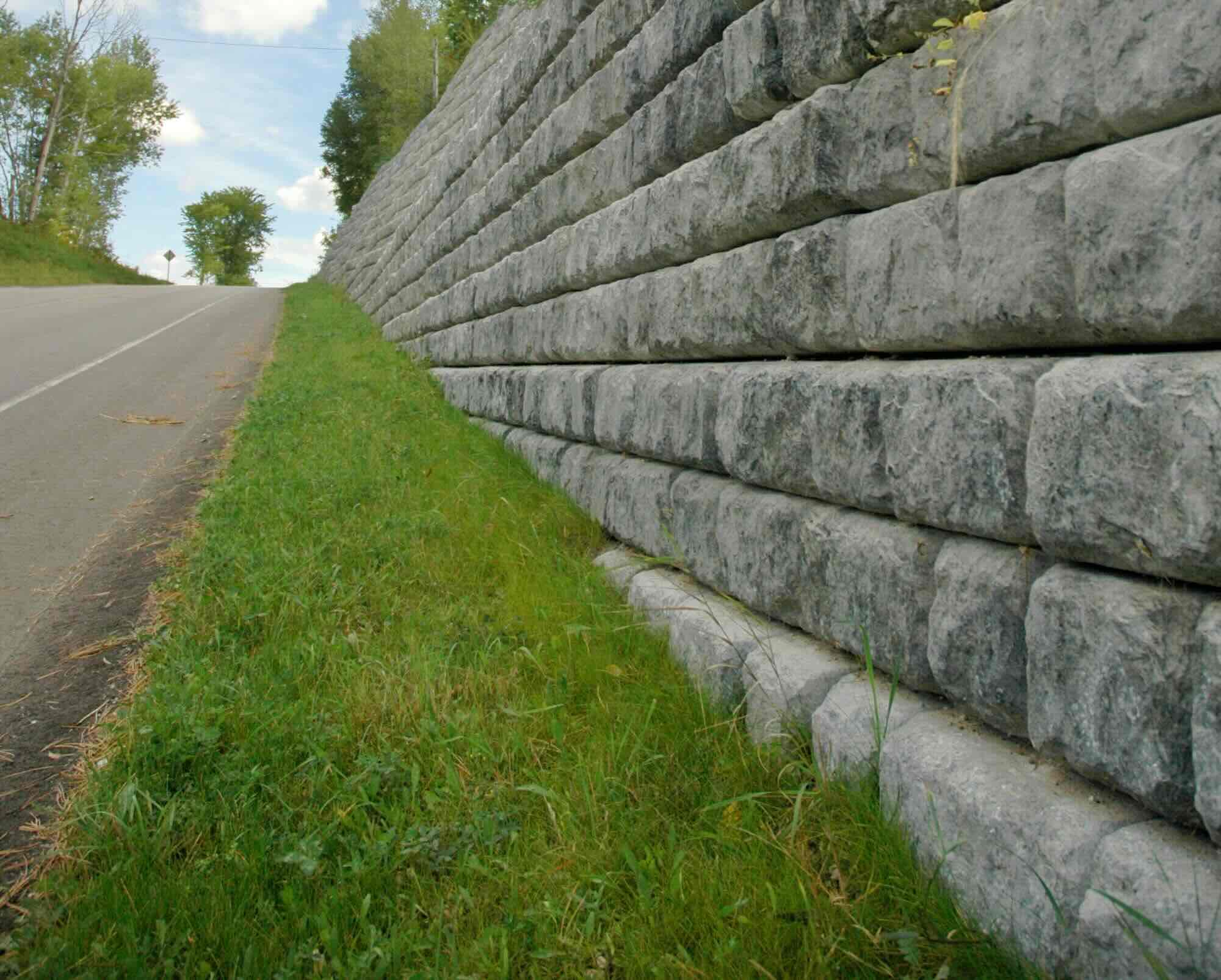

0 thoughts on “What Are Construction Equipment”